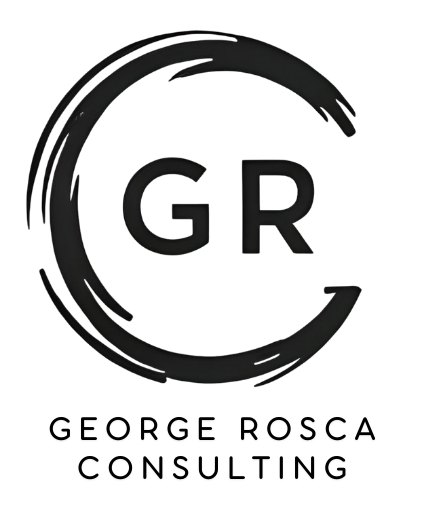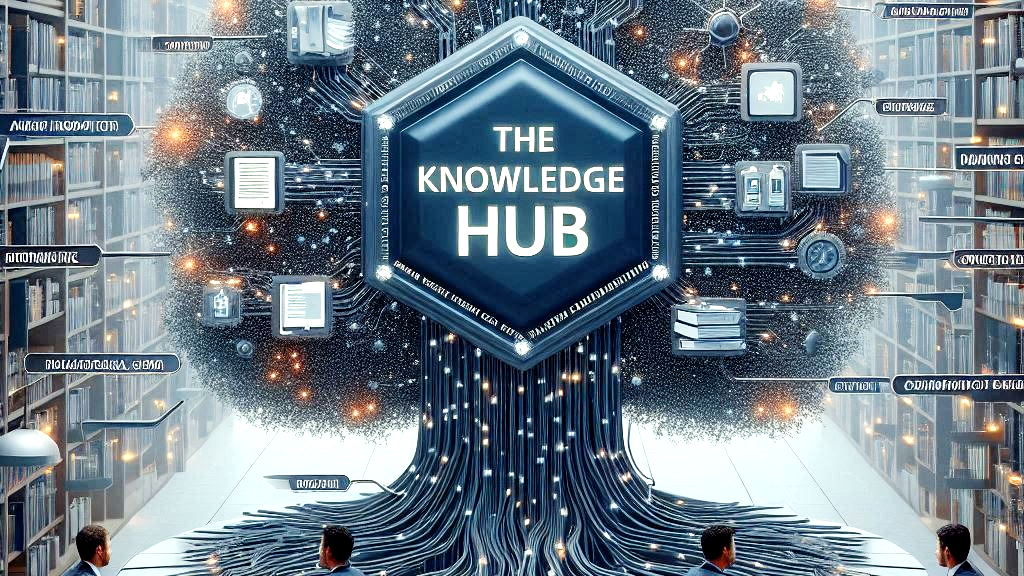In this article, we continue our series on developing a successful Center of Excellence (COE) within the EMEA Supply Chain. We will examine the first key pillar, the Knowledge Hub, and its role in driving value within your COE.
What is a Knowledge Hub?
A Knowledge Hub is much more than just a repository of documents. It is the central nervous system of your COE, where information is collected, refined, and made accessible. In most companies, navigating the vast amount of documents, procedures, training materials, rules, and regulations can be overwhelming. The Knowledge Hub simplifies this by ensuring that all information is easy to find, complete, up-to-date, and relevant.
Why is a Knowledge Hub Important?
Imagine a library where books are scattered randomly on the floor. Finding what you need would be a nightmare. Similarly, without a well-organized Knowledge Hub, employees waste precious time searching for information. An effective Knowledge Hub can lead to:
Increased Efficiency: With quick access to necessary information, employees can perform their tasks more efficiently, reducing downtime and increasing productivity.
Consistency and Standardization: Ensuring that everyone has access to the same information helps maintain consistency across the organization.
Continuous Learning and Training: A centralized location for training materials and best practices encourages continuous learning and development. Employees can easily access training resources, fostering a culture of ongoing education and skill enhancement.
Steps to Build an Effective Knowledge Hub
Assessment and Collection: Start by assessing what information is currently available and where there are gaps. Collect all relevant documents, procedures, training materials, and best practices.
Organization and Categorization: Organize the information into categories that make sense for your organization. Use clear and intuitive labeling to make navigation straightforward.
Refinement and Updating: Regularly review and update the information to ensure it remains current and relevant. Outdated information can be more harmful than no information at all.
Accessibility and Ease of Use: Implement user-friendly tools and interfaces. The goal is for employees to find what they need with minimal effort.
Training Integration: Ensure that training materials are a core part of the Knowledge Hub. Include tutorials, e-learning modules, and training videos that employees can access at their convenience.
Feedback and Improvement: Encourage employees to provide feedback on the Knowledge Hub. Use this feedback to continually improve the system.
Real-life Example
Let’s consider a Supply Chain department in a multinational company, with several teams that struggled with information silos. Each team had its own way of storing and managing documents, leading to confusion and waste of time, trying to speak the same language. By implementing a centralized Knowledge Hub, the department brought together all the documents, procedures, training materials, and best practices in one accessible location. As a result, the employees could now easily find and share information, which led to faster decision-making and a more cohesive department, breaking the silos. Additionally, the inclusion of comprehensive training materials empowered individuals to continuously improve their skills and stay up-to-date with Supply Chain articles.
And this is just one of the potential value that can be gained by implementing a Knowledge Hub.
Conclusion
The Knowledge Hub is a vital component of a successful COE. By providing easy access to organized and up-to-date information, it empowers employees, enhances efficiency, and promotes a culture of continuous learning and training. In our next article, we will explore Continuous Improvement and how the COE can drive this crucial initiative.


Leave a Reply